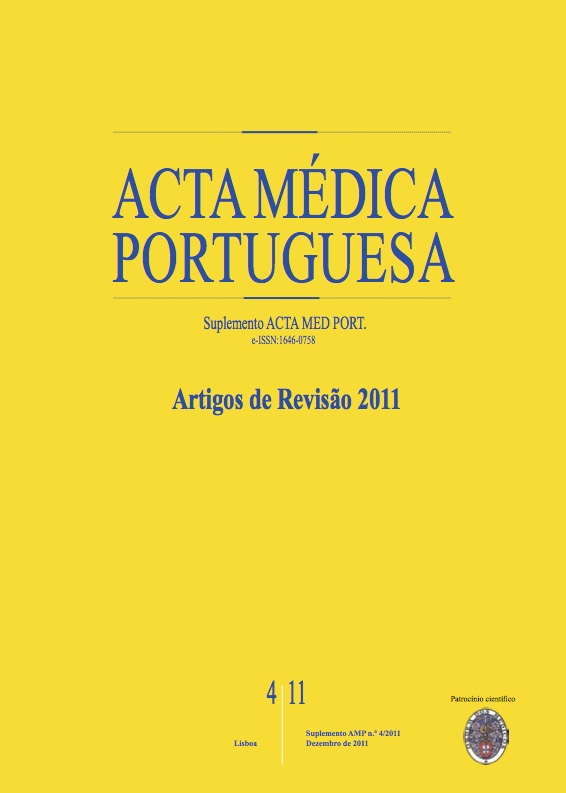Stevens-Johnson syndrome and toxic epidermal necrolysis.
DOI:
https://doi.org/10.20344/amp.1567Abstract
Stevens-Johnson syndrome and toxic epidermal necrolysis are potentially life-threatening adverse cutaneous drug reactions. Clinically, it manifests as a rash, often morbilliform, or atypical target lesions that evolve to epidermal detachment. There is mucosal involvement in almost all patients. The loss of skin's barrier function has important implications in the maintaining of homeostasis in these patients, often determining its internment in Burn Units or Intensive Care Units. The drugs most often involved are allopurinol, antibiotics, including ß-lactams and sulfonamides, anti-inflammatory drugs (NSAIDs) and aromatic anticonvulsants. The clinical manifestations appear on average 7 to 21 days after the onset of the involved drug. The diagnosis is clinical and supported by histopathology, whose main finding is keratinocytes' necrosis and cleavage of the dermo-epidermal junction. The differential diagnosis is carried out with erythema multiforme, acute generalized exanthematous pustulosis, staphylococcal scalded skin syndrome, paraneoplastic pemphigus and graft versus host disease. A timely recognition of these situations is of utmost importance in order to intervene as early as possible. The suspension of the drug believed to be involved is paramount.Downloads
Downloads
How to Cite
Issue
Section
License
All the articles published in the AMP are open access and comply with the requirements of funding agencies or academic institutions. The AMP is governed by the terms of the Creative Commons ‘Attribution – Non-Commercial Use - (CC-BY-NC)’ license, regarding the use by third parties.
It is the author’s responsibility to obtain approval for the reproduction of figures, tables, etc. from other publications.
Upon acceptance of an article for publication, the authors will be asked to complete the ICMJE “Copyright Liability and Copyright Sharing Statement “(http://www.actamedicaportuguesa.com/info/AMP-NormasPublicacao.pdf) and the “Declaration of Potential Conflicts of Interest” (http:// www.icmje.org/conflicts-of-interest). An e-mail will be sent to the corresponding author to acknowledge receipt of the manuscript.
After publication, the authors are authorised to make their articles available in repositories of their institutions of origin, as long as they always mention where they were published and according to the Creative Commons license.









